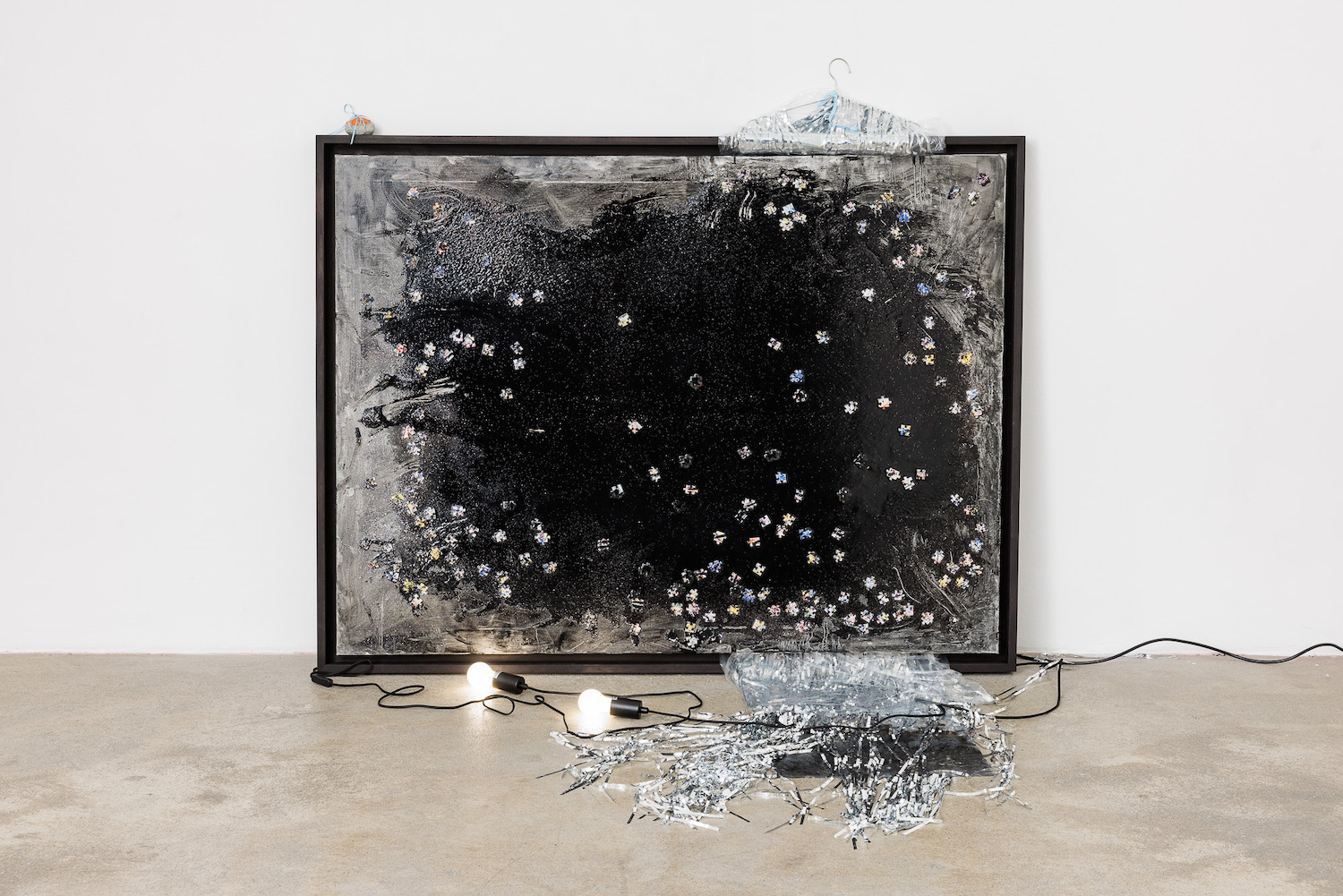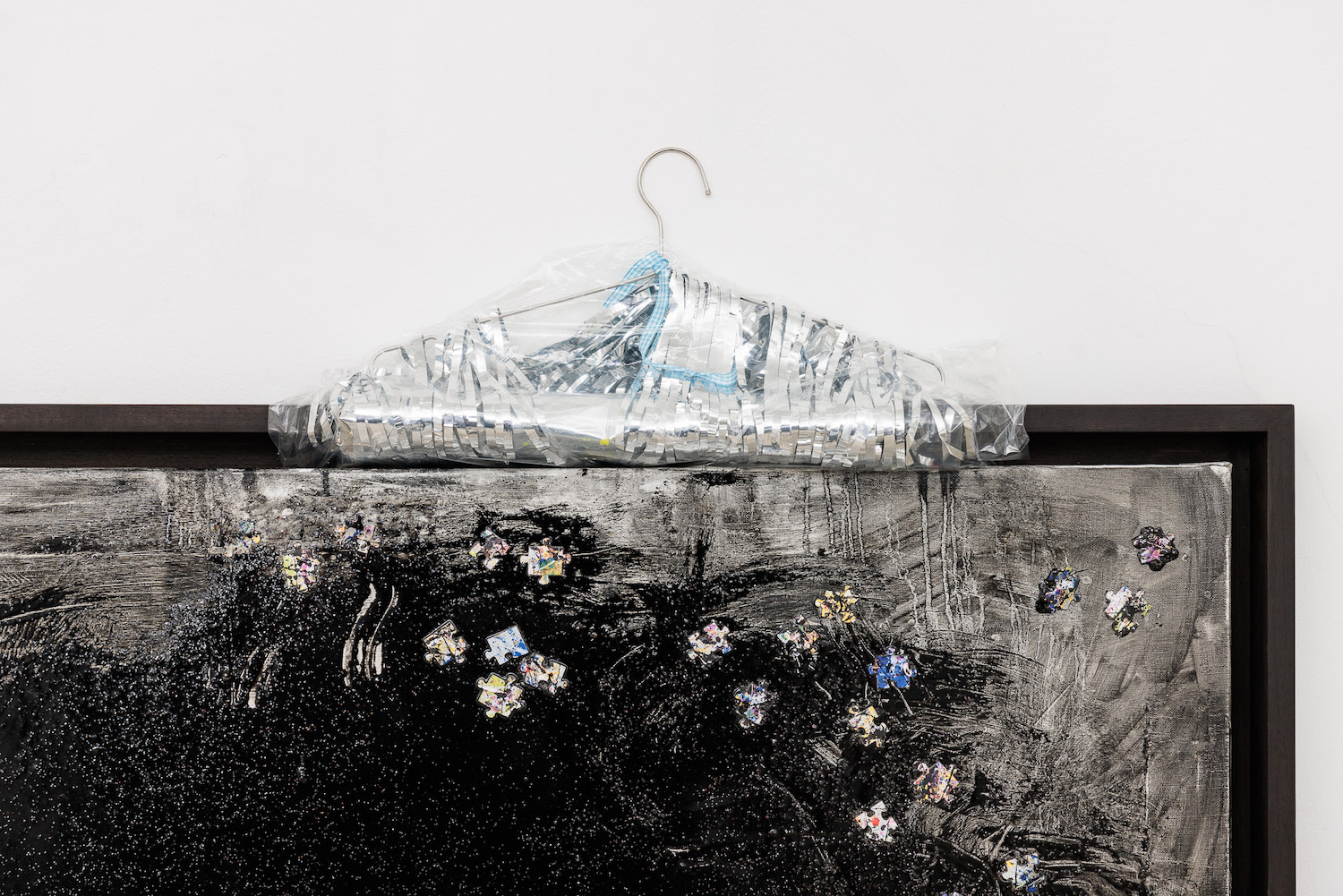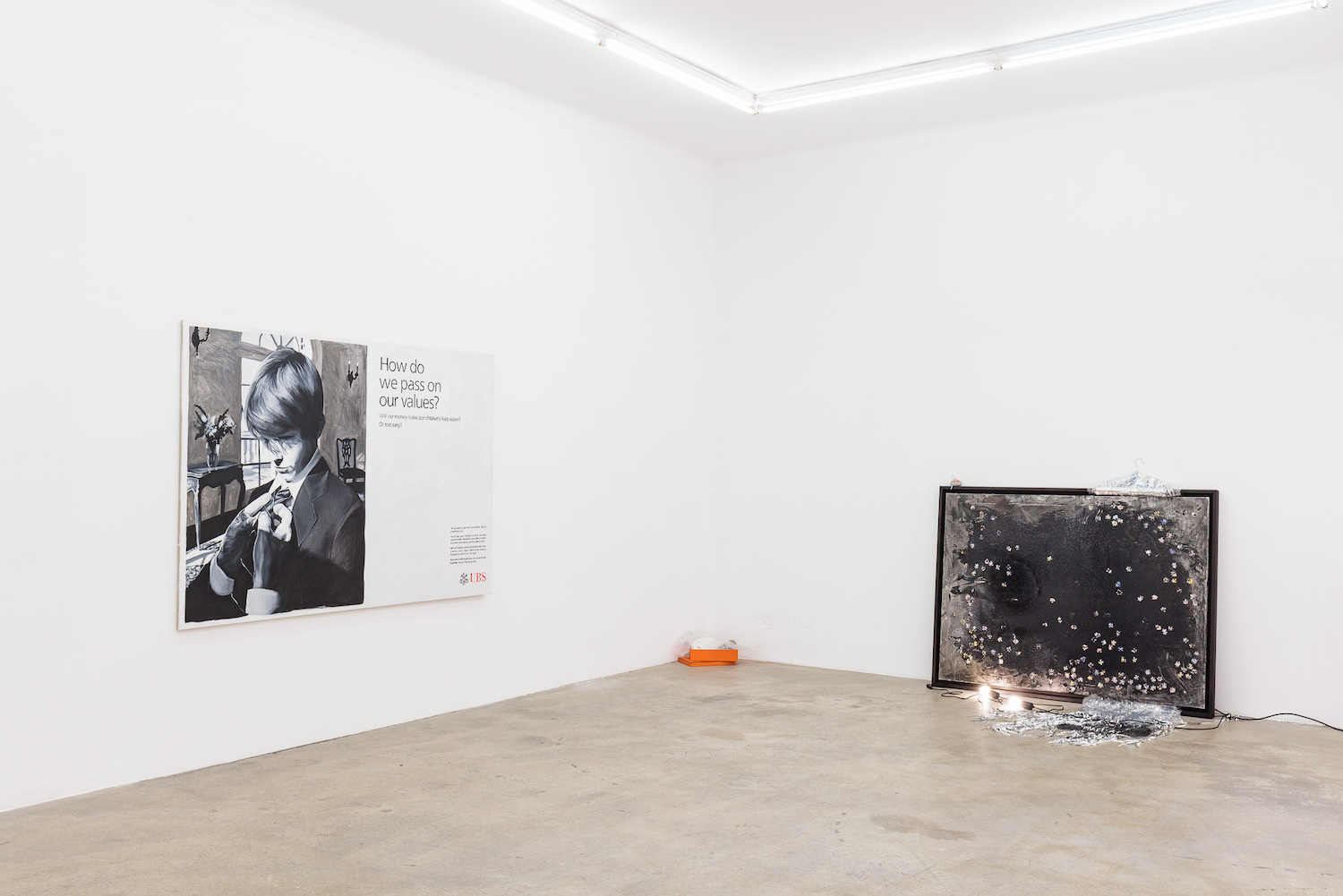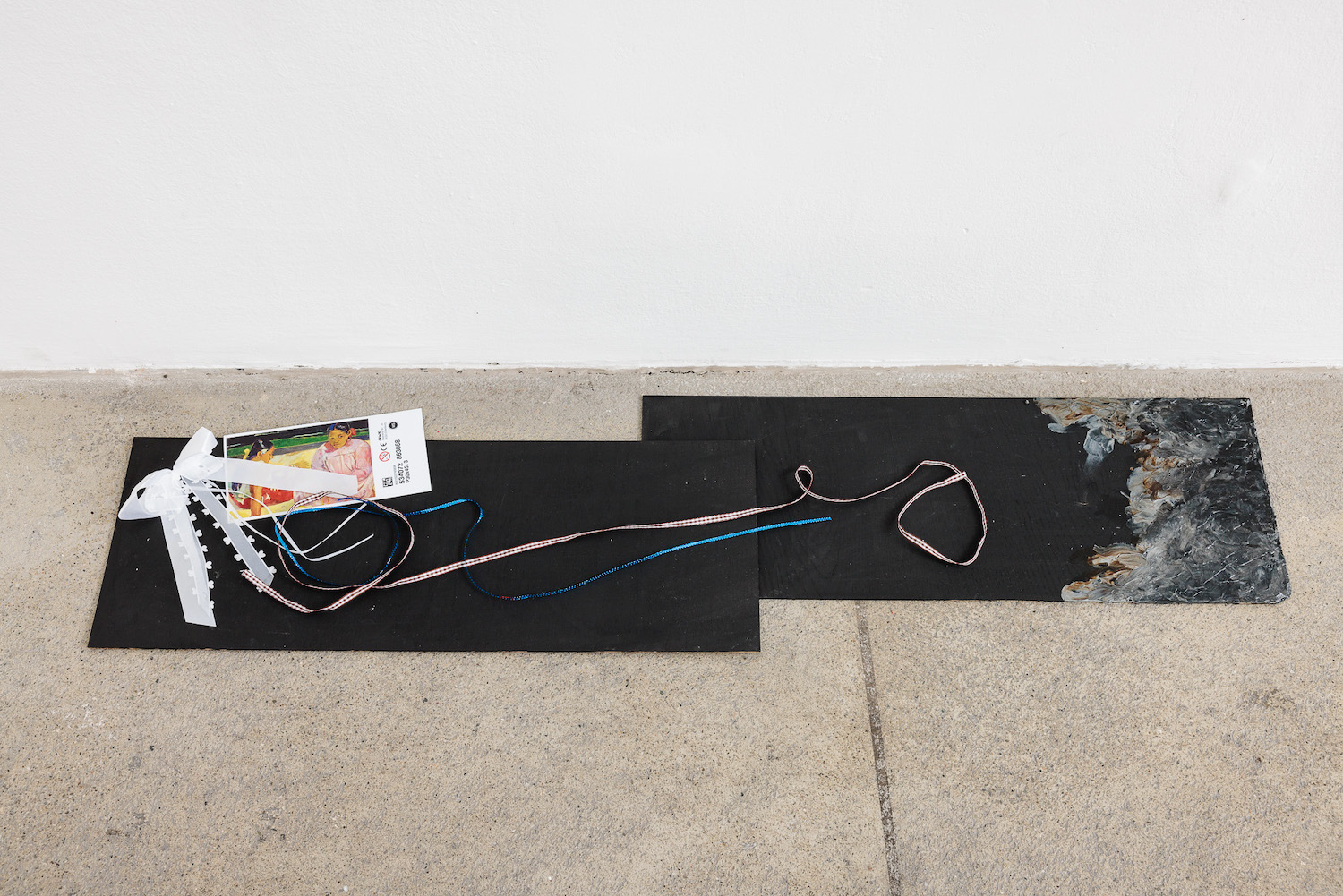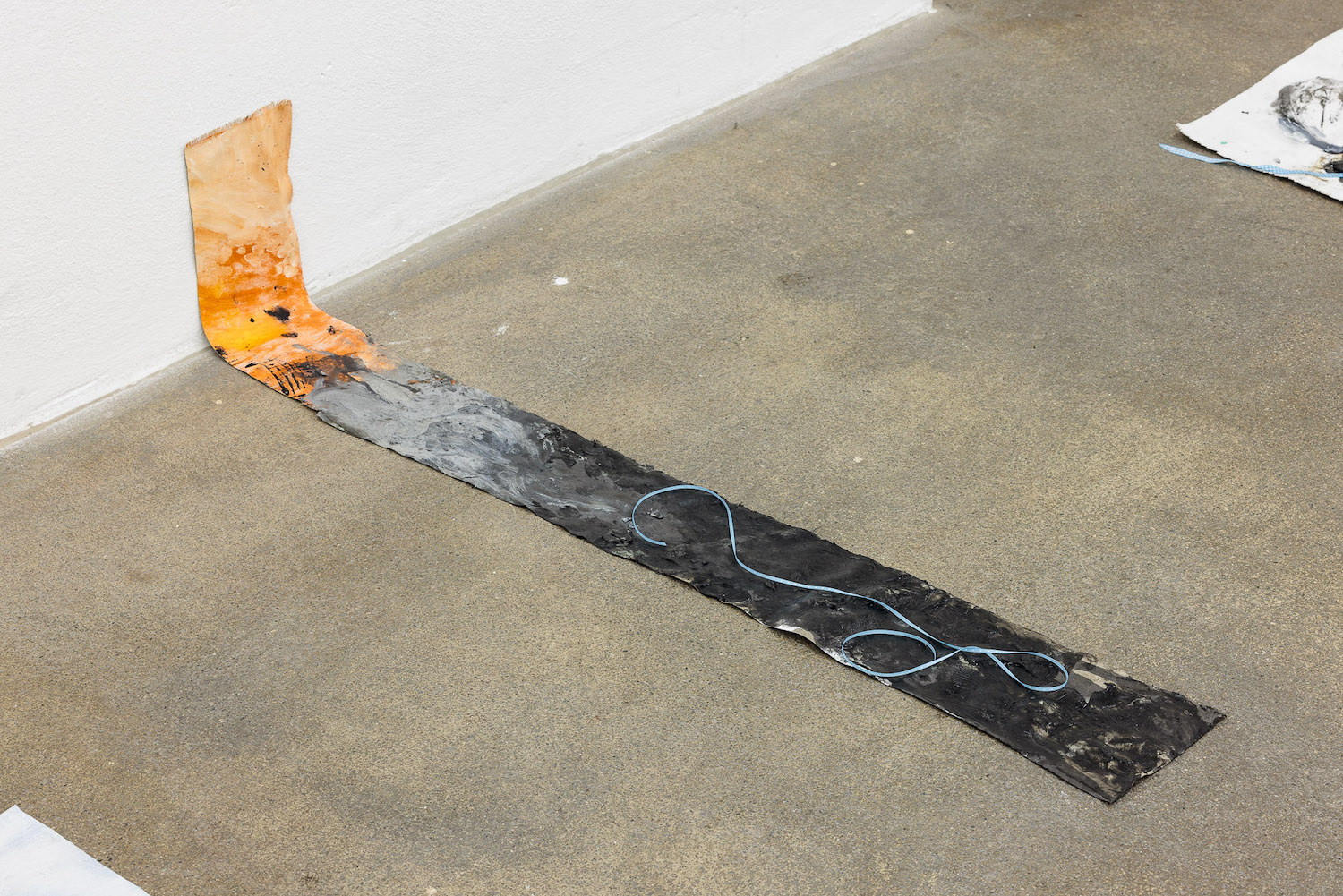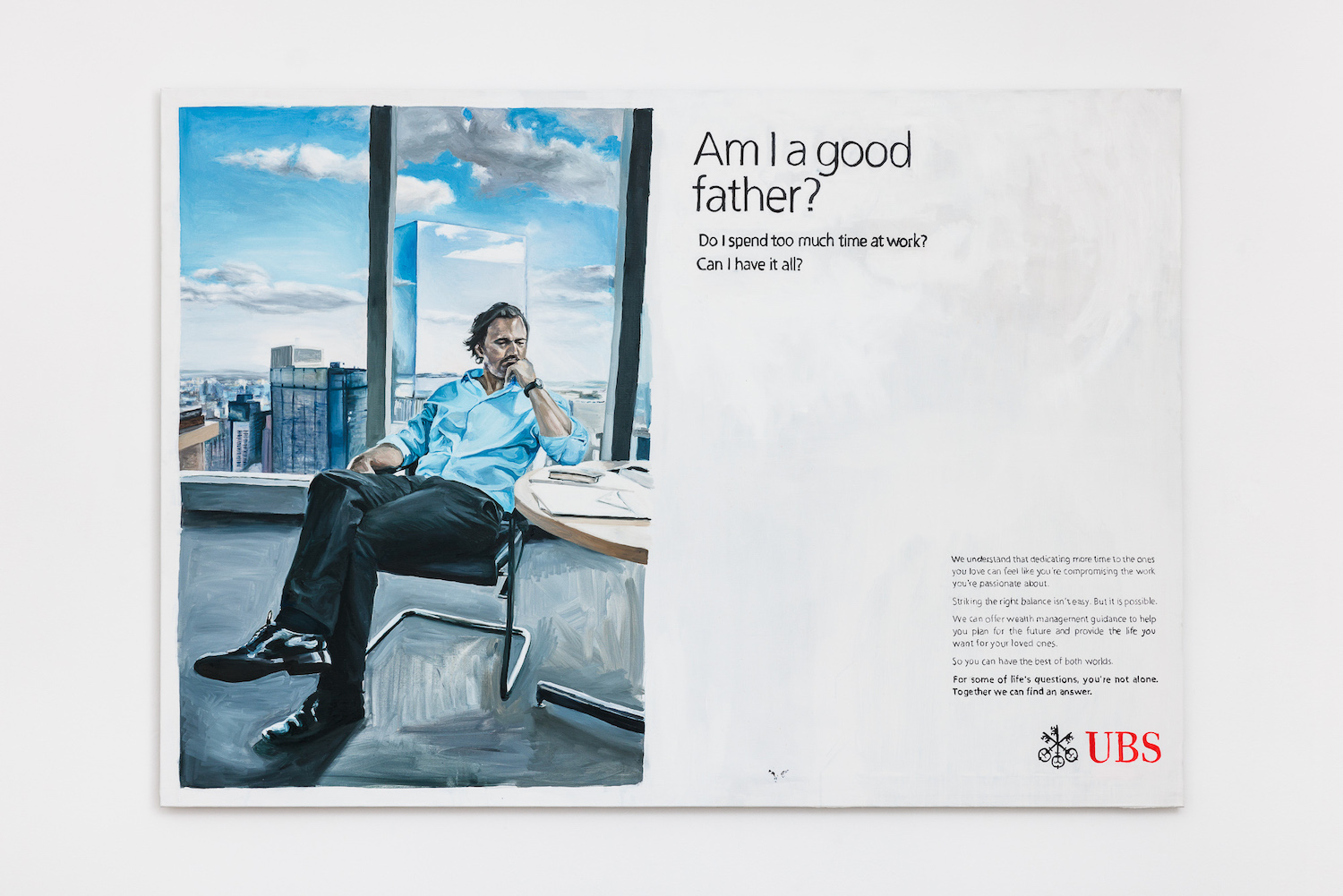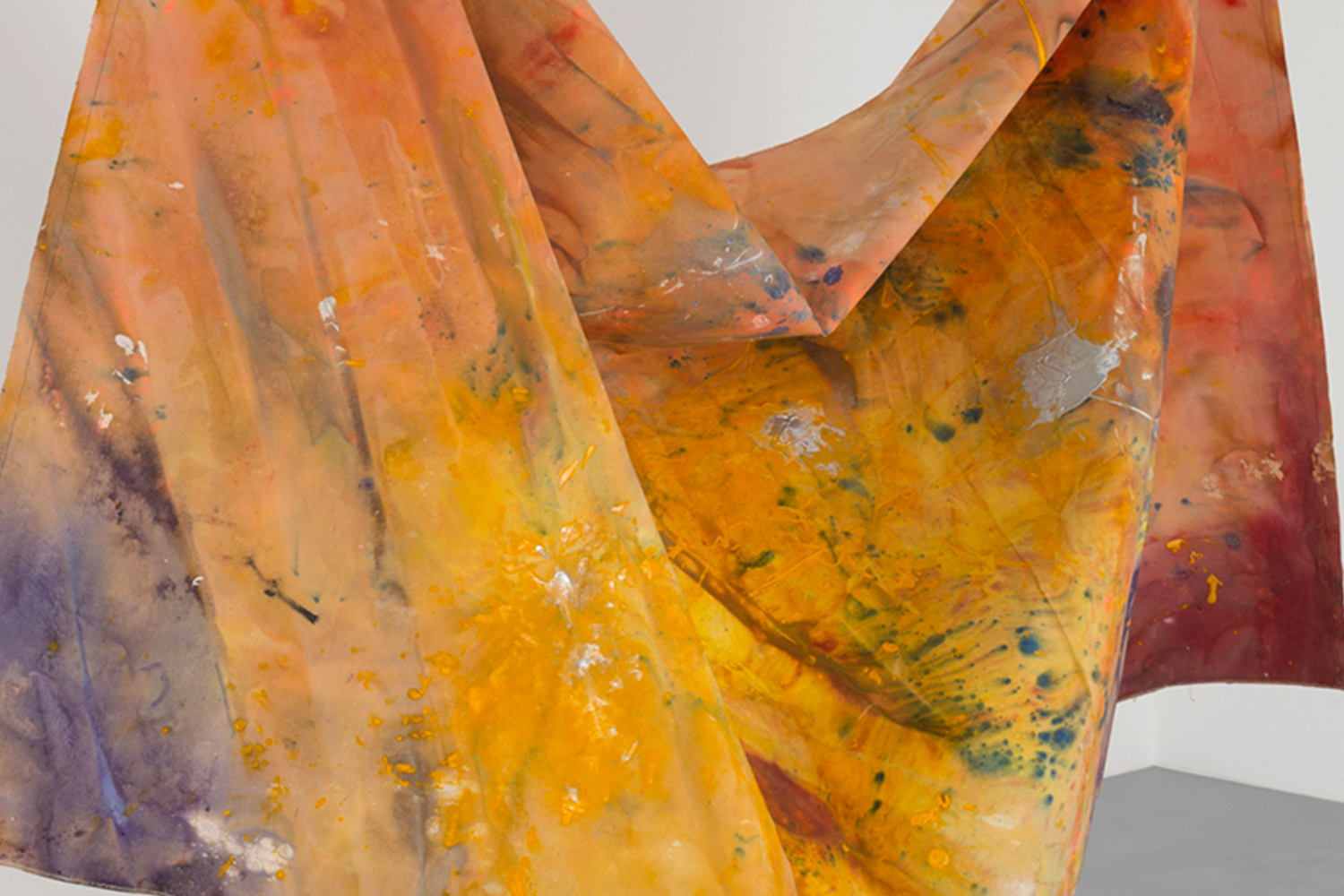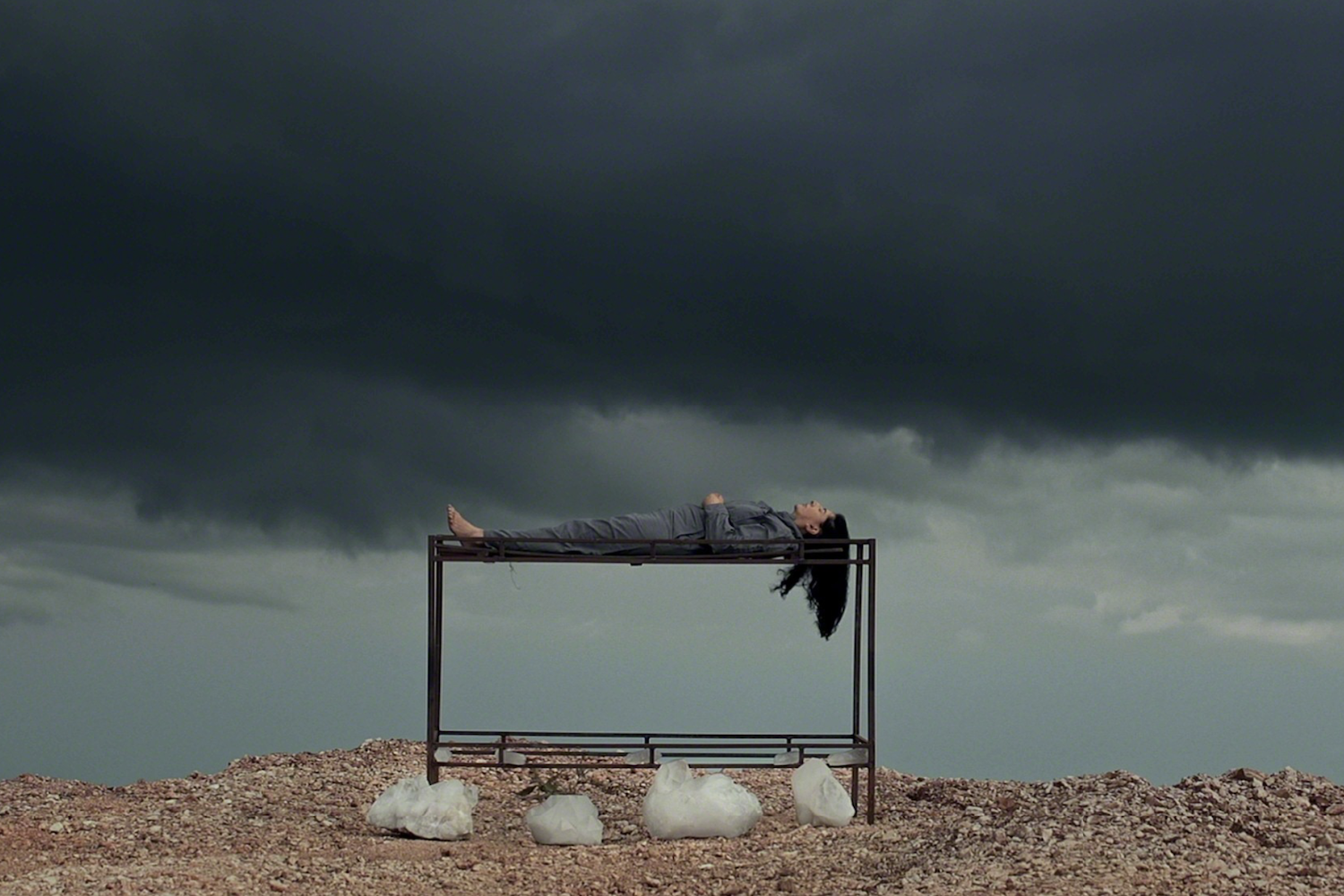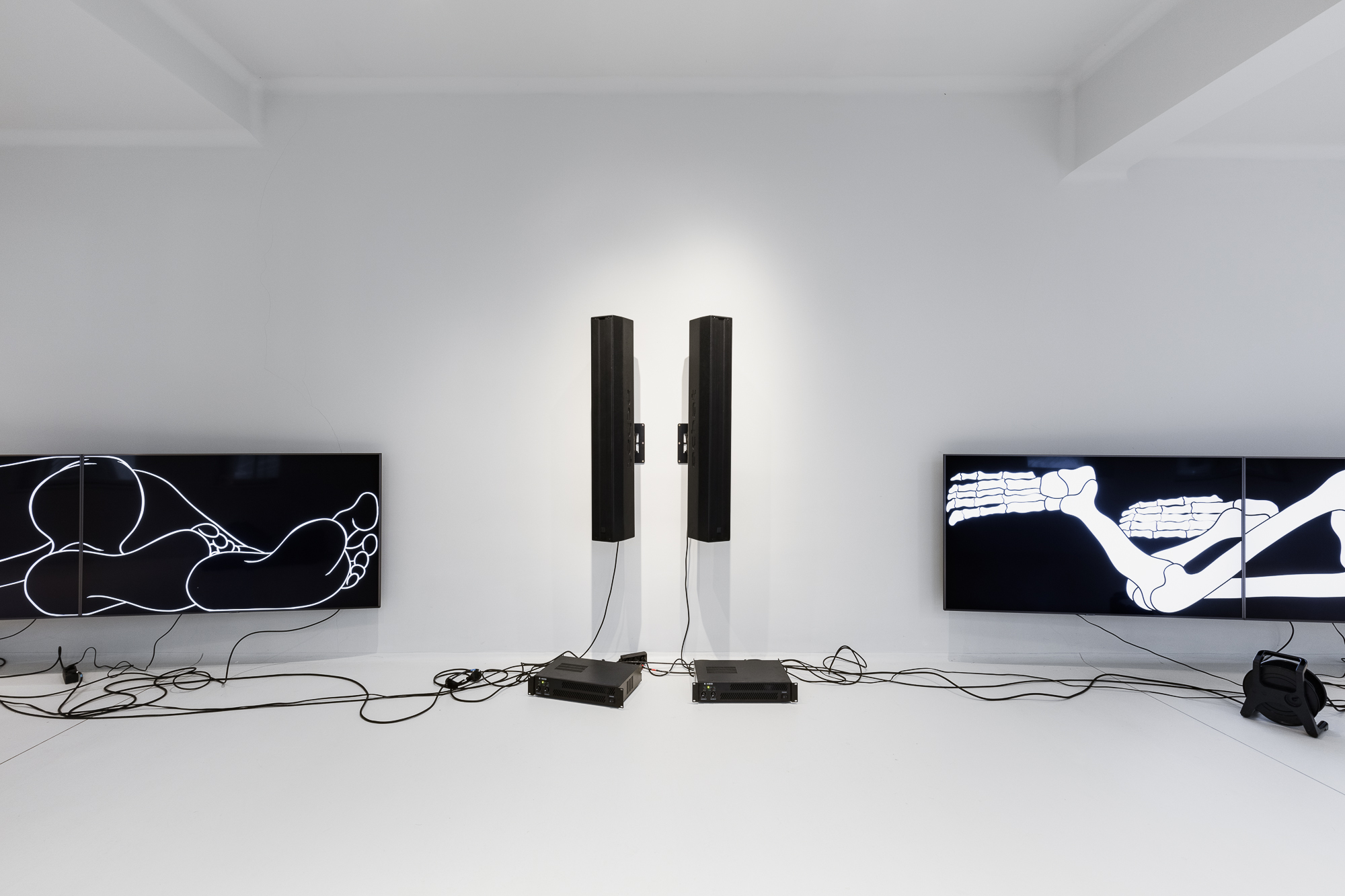Following the history of representation in painting and, more germanely, its break toward abstraction, I think that there is a historical logic to be underlined: that abstraction strives to liberate representation from necessity. The underlying structures of domination that are inherent to the production of form have been problematized at length by the poststructuralist project. Subjects placed in a determinate set of signs are situated in a power relation with one another necessarily insofar as they are only able to articulate themselves through the language that sets the terms for their difference. This is a precept of otherness: the birth of sexual difference, the transformation of land into territory, and the formation of racialized identity. The crux of the problem is the human inability to live with ambiguity and contradiction that manifests itself as the desire to fall back on a positivist philosophy of determinacy.
The subjection of others to those signs, then, naturally has its logical conclusion in conquest. This set of signs erects a system. It erects an imagined interiority that relates with its exterior either in modes of extraction or excretion. The immediacy of abstraction, and its scatological nature, pertains to the latter. In this sense, it comes as no surprise that abstraction in painting historically came about as a streak of materialist enlightenment that attempted to liberate the canvas from the superstructural image, in turn pointing to the base of its material. It was almost a century ago that abstraction gave us painting that was flooded with the world, flooded by its own excess.
And if we are to follow abstraction as a scatological line of flight that reveals the material base upon which the superstructure hinges: that base is the signifier, the object as opposed to the concept, a mixture of oil and pigment, linen, matter. Here, we get a sense that we’re getting near what makes up reality, but what we arrive at is only a placeholder for what is still meaning, another signified, another symbolic construction, reified matter as a name. Signifiers collapse into signifieds. We are still operating at the level of ideology. If that weren’t the case, what we now remember as the Zombie Formalism of the 2010s, which I would define as the thematization of the deconstruction of the theme, would’ve never been an issue. What is important to me is that the tendential movement driven by the desire to undo form makes form out of form that is undone. This circularity feels inescapable.
It is inevitable that I partake in this circularity when I point to the material of the painting. Matter is etymologically feminized. Its root word is “mother.” This simple fact speaks to the problematics of its reification; matter is not a neutral category, its meaning is overwritten with the linguistic history that engenders it. Materialism proper – the belief that all things are reducible to matter – occurs as a conflation of the real with a naturalized real, with reality. And the real is necessarily obscured as a function of how consciousness structures the world. The stability of classical materialism paves the way right back to essentialism. It prescribes an ideal form of matter. That this feels like an ontological dead end speaks to abstraction as what cannot be reduced to the level of stability. The problematics of thematizing abstraction are, in this sense, echoed in the problematics of presuming matter to be a neutral term, and not a signifier that has collapsed into a signified.
Painting that operates through abstraction similarly collapses into the representation that it attempts to overcome if it makes ontological claims to its material. But let it speak to its incapacity to speak of its substance and it will inevitably embody the same circularity that withdraws it from itself. Painting, then, takes on a weird loop form, as though the constitutive absence of the spectacle were insisting on its artifice. The radical avowal of the mise-en-scène inadvertently points toward the void as the real site in which the imaginary scene occurs. Now we’re talking about painting that, in equal measure, represents the surface of its representation, and its failure of representation. There’s no solid ground in sight, only vicarious, aesthetic experience. The names that we locate are described by more names. The specific signs dissolve in favor of the signifying chain. And signification is limitless.
The meaning that inadvertently points to the vertiginous flight of meaning displaces the specific art object, and the plane of its painterly representation, as an arbitrary permutation of the boundless surface of the imaginary. Indeterminacy opens up the rational well- ordered cosmos to a Heraclitean flux of abstraction. The real canvas and the contradictions that are embodied in it, then, become much more tolerable than the limitless imaginary that precedes its creation.

